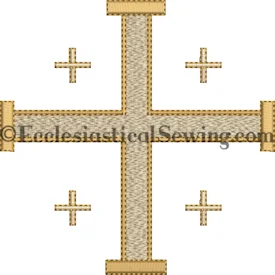
Ecclesiastical Sewing uploaded new machine embroidery designs online in the hopes that these might provide peace and a sense of usefulness to someone as they create something beautiful for their house of worship.
Like this:
Like Loading...
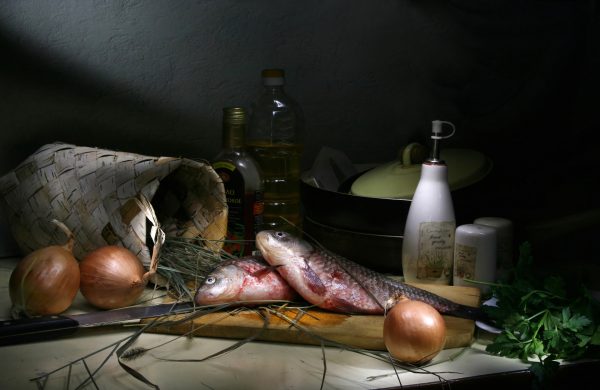
Fasting on Friday has been encouraged for a long time. But why Friday?
Eating fish on Friday is more or less a part of your upbringing.
Tradition tells us that this is the day when Jesus was crucified, and the idea is we’re giving up meat in remembrance of His sacrifice for us.
Like this:
Like Loading...
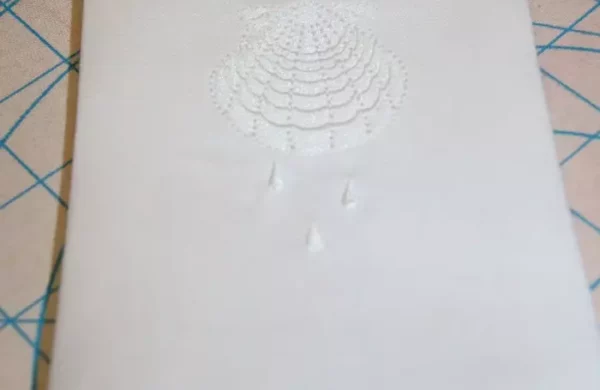
As a special reminder of their baptism day when they receive the washing of rebirth in Holy Baptism, we have created these special little keepsake baptismal towels.
Like this:
Like Loading...
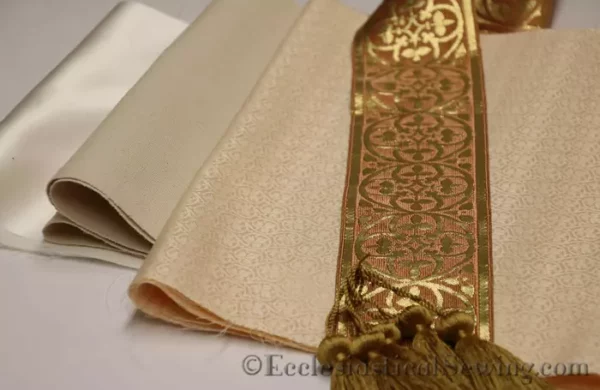
The choice of fabrics for creating vestments and altar hangings is a feast for the eyes, and different churches have different needs. The range of white church vestment fabrics available at Ecclesiastical Sewing for making church vestments is quite nice. White includes a broad range of colors: creams, ivory, deep cream, gold, and of course the stunning brocatelles with their shimmering gold highlights!
Like this:
Like Loading...
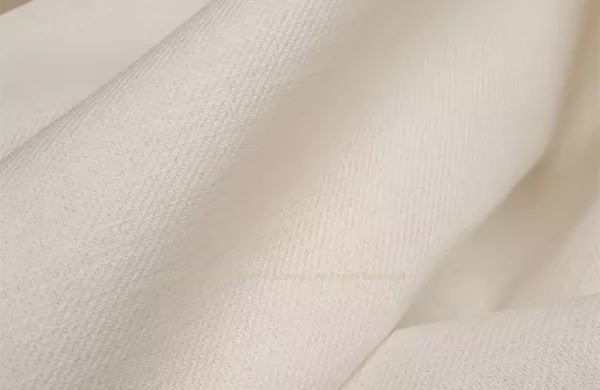
For great-looking vestments, use quality interfacing inside. Choose materials like Dowlas linen, French Micro Twill, and Silk Organza for stoles. Use pre-shrunk white cotton canvas for medium-weight support. For altar frontals, pick Dowlas or various weights of cotton canvas. Opt for Silk Dupioni, Satin Lining, or Cotton Sateen for lining, with dress-weight satin being versatile, Silk Dupioni serving dual purposes, and Cotton Sateen minimizing slipping in stoles.
Like this:
Like Loading...
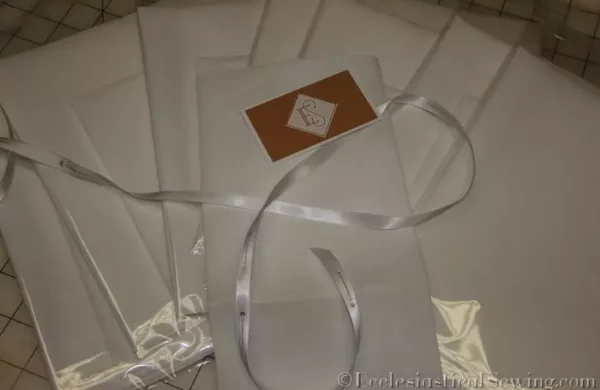
Altar linens are often overlooked but essential. Regular checks for stains, tears, and faded colors are crucial. Making altar linens is a cost-effective option, offering flexibility in design and size. Renaissance Linen, a medium-weight Irish Linen, and Opalescent Linen, a fine sheer fabric, are excellent choices available at Ecclesiastical Sewing.
Like this:
Like Loading...
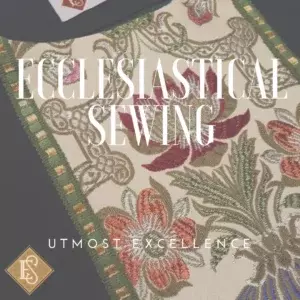
A DIY stole can be a truly special gift. We hope to help you make a stole that will serve your pastor, priest, or deacon for many years to come. Here at Ecclesiastical Sewing we have the top 10 materials for your DIY stole-making projects!
Like this:
Like Loading...
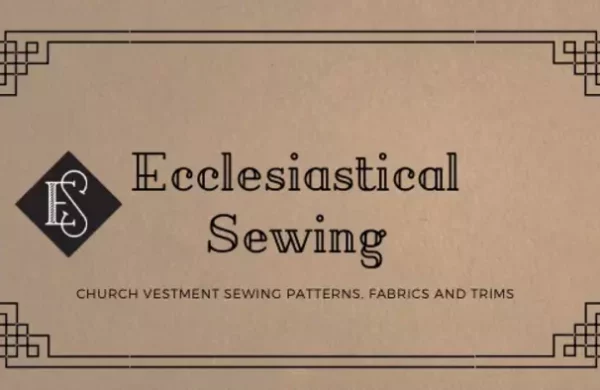
There are so many options to have beautiful vestments and paraments to be part of the worship life at your church. To know more here are our tips for Sewing Church Vestments and Linens: 10 Tips for Success!
Like this:
Like Loading...
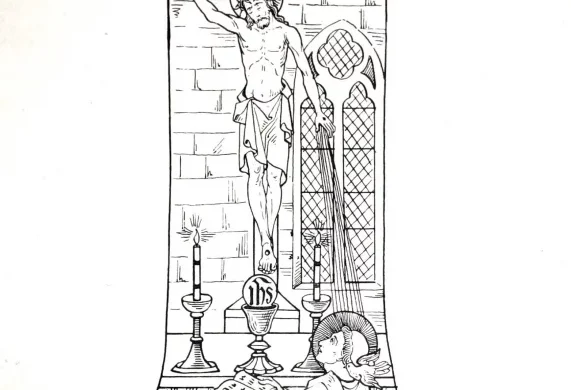
Saint Thomas Aquinas is most well-known as a theologian with two specific masterpieces, the Summa Contra Gentiles and the Summa Theologiae. He was also well known as a poet, penning several eucharistic hymns. Considered the greatest of the Scholastic philosophers, Thomas’ writings provided a comprehensive synthesis of Christian theology and Aristotelian philosophy.
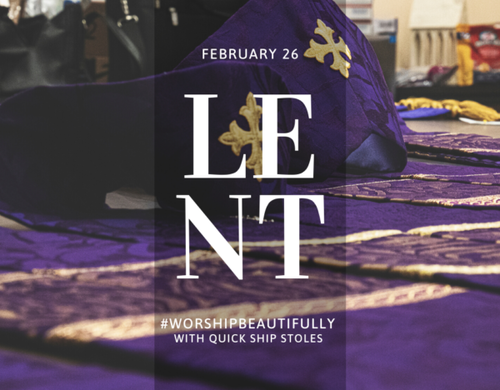
Purple in Lent symbolizes the royalty of Christ, His sacrificial death, and the season’s connection to Passover. The color, historically associated with royalty, was used mockingly on Jesus during His passion, emphasizing His royal dignity. Additionally, purple signifies the sorrowful nature of sins and the sacrifice made for redemption. Linguistically, “Lent” means “lengthen,” indicating its timing as days lengthen with the approach of spring and the season to observe Lent.
Like this:
Like Loading...
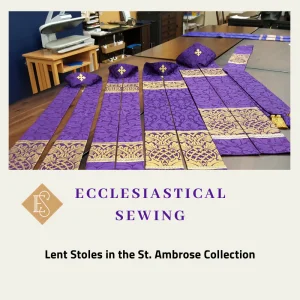
Some of our favorite fabrics, the richly historic pattern – Fairford, along with the Winchester Brocade. The Brocades are available in deep violet color. Violet is the color used by a wide number of church bodies during the season of Lent. The color violet is used for Lent because it is associated with mourning. We reflect on the mysteries of Christ and remember the pain and suffering of His crucifixion. Violet is also the color of royalty and it reminds us that we will soon celebrate Christ’s resurrection and sovereignty.
Like this:
Like Loading...
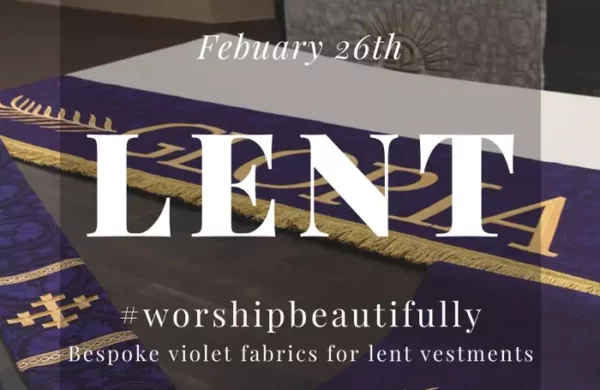
Violet is an appropriate color for Lent. It is associated with pain, suffering, mourning, and loss. Yet it is also the color of Royalty. Winchester is a wonderful Brocade Fabric. It has a nice hand and the weight is designed for use with hand embroidery and goldwork embroidery. It holds up well for machine embroidery. It drapes beautifully for chasubles and copes.
Like this:
Like Loading...
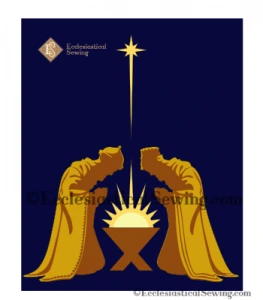
Epiphany is a feast day in the Western church, white vestments and paraments are used. Sometimes gold is substituted. There aren’t any specific Epiphany symbols, but there are often representations of the Three Kings elsewhere in churches.
Like this:
Like Loading...
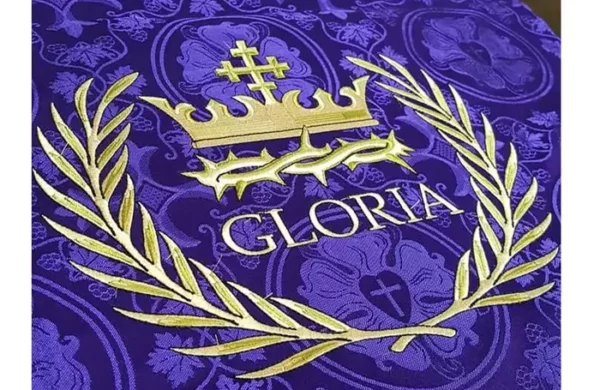
Ecclesiastical Sewing church vestment sewing patterns offer an extensive collection of fabrics ranging from textured polyester, silk dupioni, and brocades to Silk Damasks and metallic Brocatelles. We have selected a few of the violet fabrics for you to explore for your next church vestment sewing project.
Like this:
Like Loading...
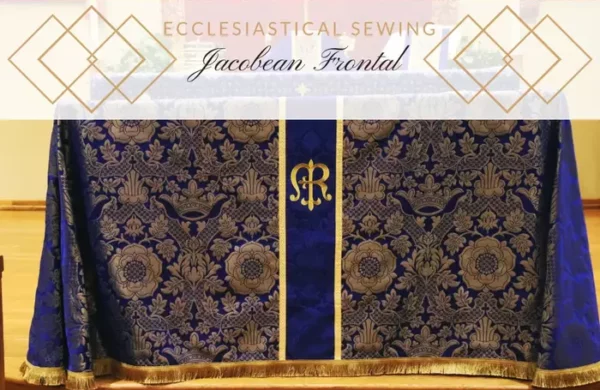
All feasts of Mary, as indeed are all feasts of all the worthies of the faith, are feasts that point to our Lord Jesus Christ and his work “for us and for our salvation.” Mary is our prime example of created humanity at its finest. She is humble but brave, courageous but modest, truthful and kind, upright and vulnerable, and unafraid to follow the leadings of God.
Like this:
Like Loading...
















You must be logged in to post a comment.